It was back in 1998, during my MA in history of design, that I discovered the V&A’s collection of Victorian sanitary wallpapers. These washable wallpapers helped deal with the dirt and grime of late 19th century domestic life and would often feature depictions of the British Empire, some of which are now uncomfortable and problematic when viewed through contemporary eyes – scenes from the Boer war, or of ‘natives’ in the colonies for example.
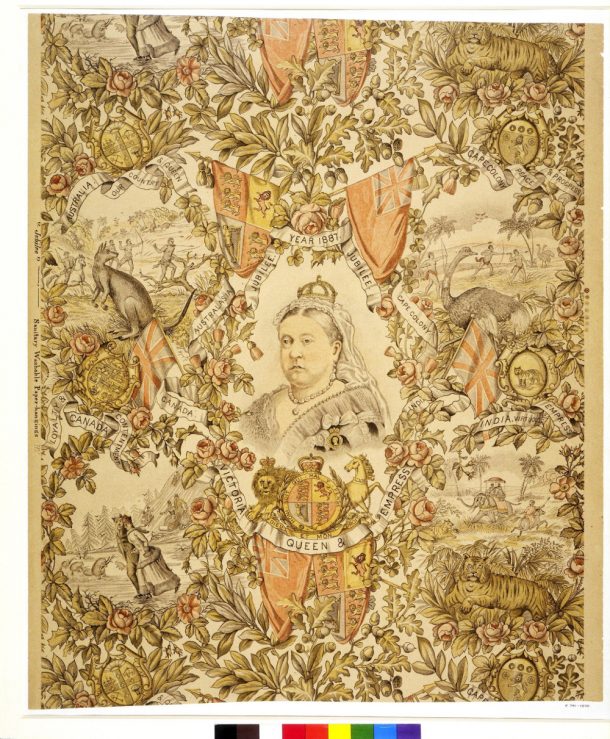
Researching these intriguing objects involved rummaging through card indexes in the Furniture, Textiles and Fashion department. It was a labour-intensive process. After all, it would be a further 10 years until the V&A collections could be researched online: though the V&A was among the first museums to have a website by 1996, it was only in 2009 that the V&A catalogue of objects was fully accessible online with the beta launch of Search the Collections.
A new destination for V&A collections online
And now, another 10 years on, we are revamping our online collections. Currently they can be found in three separate locations online – From the Collections on the main website, Search the Collections and Search the Archives – each serving a different purpose. Search the Collections and Search the Archives are, essentially, front ends to our collections management system – effectively the digital equivalent of object record cards. From the Collections houses content about our collections, including articles, audio and video content and interactive features.
Our initial challenge is to bring together Search the Collections and From the Collections into one seamless experience. In other words, one place to help users discover the two million objects in our database alongside the content and knowledge we hold about those objects. This new destination will need to manage the tension between the ‘browse’ and ‘search’ behaviours of our users, a familiar conundrum for anyone embarking on a revamp of their collections online.
Ultimately, we are asking ourselves: how might we provide a highly efficient, accurate search service for those who are looking for a particular object and know exactly what to type into the search box? And how can we better cater to those that don’t? How might we best surface all the incredible content we have about those objects and the contexts in which they exist? How might we create a seamless experience for our collections online that handles both searchability and discoverability supremely well?
What’s the problem we’re trying to fix?
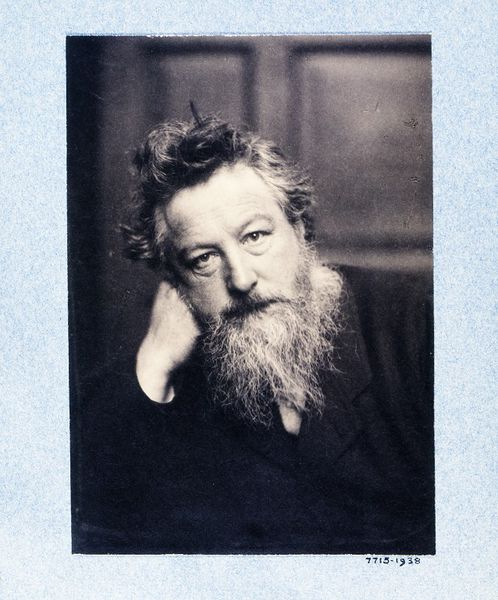
Our perennial top search term is William Morris’s Strawberry Thief textile design. Yet – right now – it’s difficult, nigh on impossible, for us to answer the question, “Can you show me everything you have about William Morris?”. At least not comprehensively. This is because the V&A’s information on William Morris exists across seven different systems – our collections management system, our content management system, our blog, our library catalogue, our archive, our image licensing website and online shop. There are probably others…
The ‘William Morris problem’, as we know it, is not exclusive to us at the V&A. It’s one faced by many institutions with broad collections that straddle different systems with different data standards and cataloguing conventions – and causes extra work for the user.
We think an answer to the William Morris problem – hence the aim of our collections online revamp – is to create a seamless experience across collections information and content, to enable users to discover, research, and make from our collections.
The bigger picture
The V&A is not alone in having a large and incredibly diverse collection spanning art, design and performance and 5000 years of human creativity. Like other museums overhauling their collections online, we are tackling a more fundamental change here. Our collections websites all began as the digital equivalent of a box of index cards. If we’re to move on from object pages as index cards, we need a paradigm shift. And this shift will require us to embrace all that digital can offer, with a greater focus on the stories of our objects and the themes surrounding them, a user experience that helps objects to exist in multiple digital contexts, underpinned by a robust technical architecture.
In a bid to make this paradigm shift, we are focusing on three big ideas for our collections revamp:
Better discovery
We know that many journeys to our collections online start on an object page on Search the Collections. But there are no onward journeys from an object page: they are digital culs-de-sac. By making more connections between objects and the content we have about those objects – and vice versa – we hope to create more onward journeys across our digital estate, to provide our users with more of what they are looking for.
Creating more context
In our galleries, objects are presented within one context (usually within a genre, time period, or place). Yet in the digital realm, objects are freed up to live within the many contexts that they naturally exist. Some of the thinking during our website refresh rested on the notion of the object as an atomic unit of content. We’ll be pushing this idea further by exploring how to surface more contextual information so that objects can live in many different places at the same time and create more relevant landing pages for those looking for themes rather than for specific objects.
From ‘search and browse’ to ‘make’
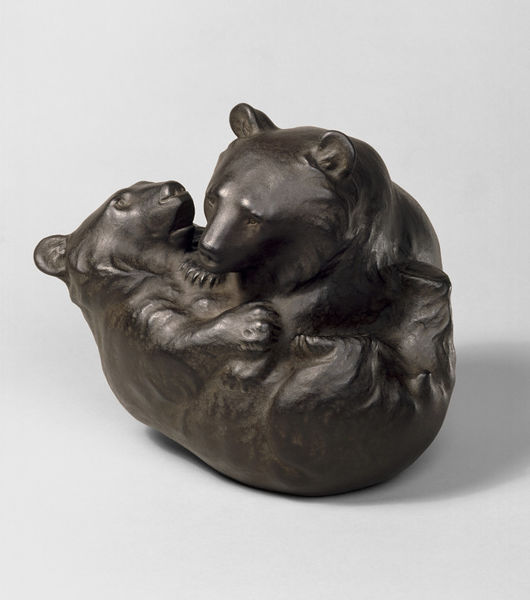
Many digital products involve reconciling the dichotomy between browse and search behaviours (online shops, What’s On listings, for example). In this redesign, we want to throw another behaviour into the mix: ‘make’. Why make? Making is at the heart of the V&A mission: we want our collections to inspire people, and to stimulate their own creativity and creative practice. A massive 40% of our visitors to the museum work in the creative industries. We also know our collections are shared and enjoyed by online crafting and making communities. We want to make it easier for people to find and engage with our collections online and to be inspired to make new objects.
By ‘making’ we mean both physical and digital making. We’ve recently released 3D models of a selection of objects from our collection. Ideally, we want to encourage people to use, remix and make new objects from these 3D models.
We also want to add to the excellent data driven applications that have been made with our API (to be updated) and collections data: V&A Spelunker by Good Form and Spectacle (which finds eight random V&A objects around a theme), the Cole Chrome extension by Alex Charlton and Gala Jover (which displays a V&A object when you open a new Chrome tab), and Hyper-Stacks by James Bridle (which creates networks of collections objects from newspaper headlines).
Over the next few months, we’ll be blogging regularly about the journey we’re on to revamp our collections. We’ll be starting small, focussing on key page templates and features, iterating and involving our users as we go. We’ll be revealing insights from user research, and from our technical discovery, as well as the content and design decisions we’re making along the way. We hope that in sharing our work we will, in a small way, help the shift the digital box of index cards towards bold new digital-first presentations of collections online.
After all, in an institution that celebrates making and the made, it’s time for us to rethink how we present the V&A’s collections online, how we encourage people to learn from, use, and be inspired by the 2.3 million objects in our collection. And while we recognise that our collections have a life way beyond the confines of our digital estate, it’s about time we made a better home for them on vam.ac.uk.
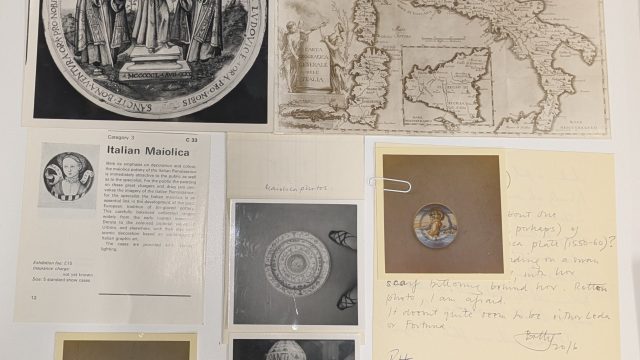
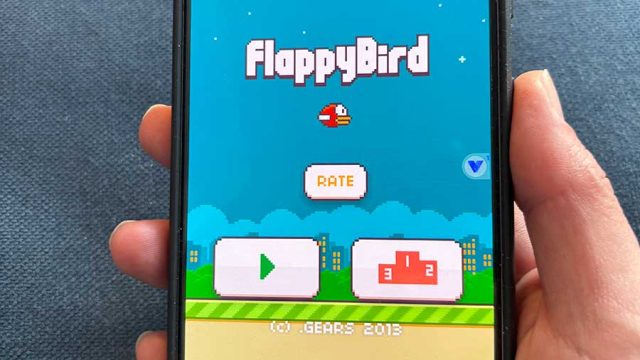
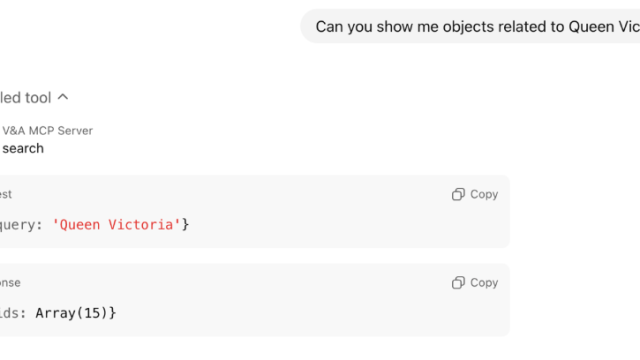
Thanks Kati, that’s a really interesting explanation and definitely welcome news.
I do vary between searching for an object I’ve discovered whilst visiting, and exploring a theme more randomly, so any improvement on linking such uses would be much appreciated.
A first, and hopefully simple, step would be making the short descriptions under each object in From the Collections series also appear on mobile-version of the site.
Best wishes to you & the team for this exciting challenge.
yeah no doubt it is interesting article with great explanation. i will share it